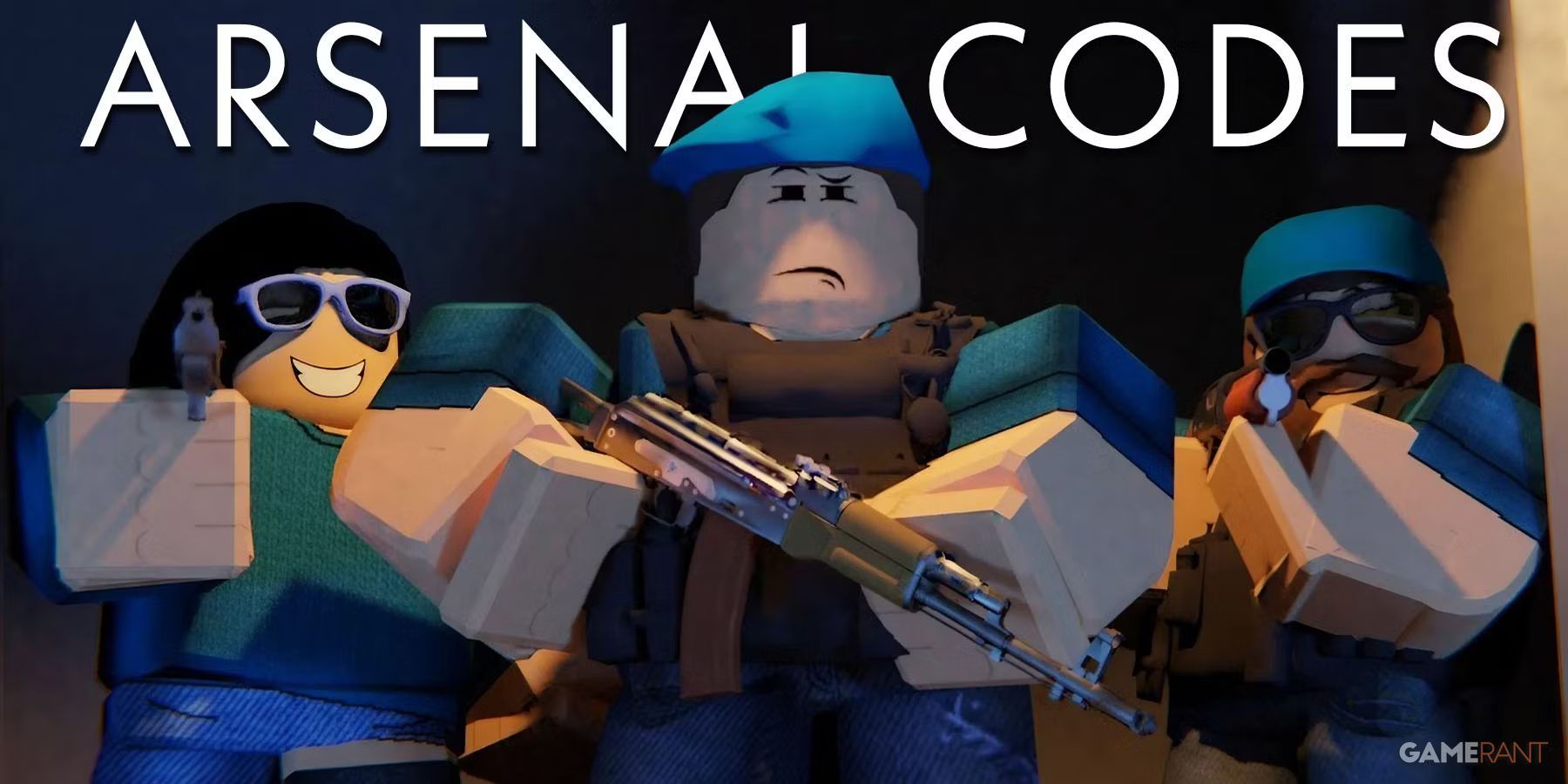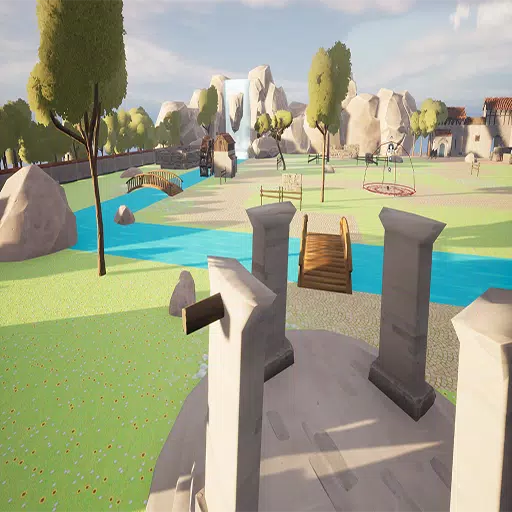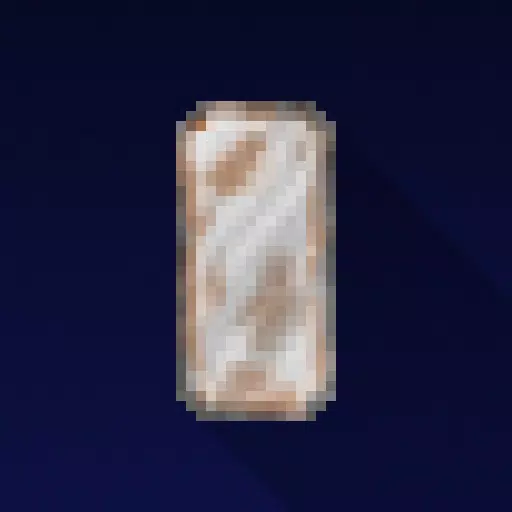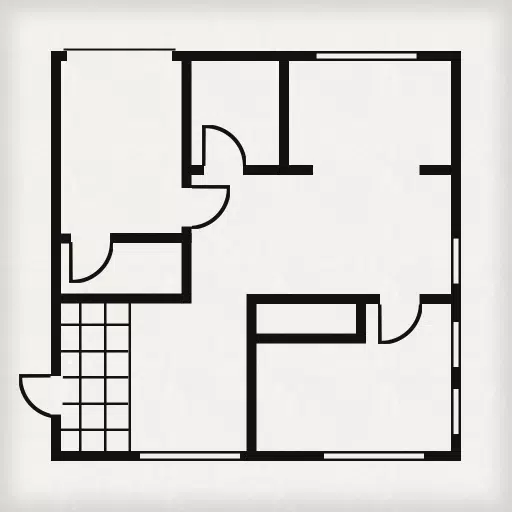Ridley Scott’s Lost Dune Script Found: 'I Don't Think It Would’ve Made Fans Happy'
Ridley Scott's Lost Dune: A 40-Year-Old Script Unveiled
This week marks four decades since David Lynch's Dune premiered. Initially a box office disappointment, it's since cultivated a devoted following, standing in stark contrast to Denis Villeneuve's recent big-screen adaptations. Lynch took the reins in 1981, after Ridley Scott's departure. Until now, details surrounding Scott's seven-to-eight-month development of the project remained scarce. Thanks to T.D. Nguyen, a 133-page October 1980 draft, penned by Rudy Wurlitzer, has surfaced from the Coleman Luck archives at Wheaton College.
Frank Herbert's initial two-part screenplay, while faithful, proved cinematically unwieldy. Scott, after Harlan Ellison declined, engaged Wurlitzer for a complete rewrite. This version, like Herbert's and Villeneuve's, was envisioned as the first of a two-part epic.
Wurlitzer described the project as incredibly challenging, stating that outlining consumed more time than the final script. He believed they captured the book's essence while refining its sensibility. Scott himself later confirmed the script's quality.
Numerous factors contributed to Scott's Dune's demise: the death of his brother, his reluctance to film in Mexico (as per De Laurentiis' demands), a ballooning budget exceeding $50 million, and the increasing viability of Filmways' Blade Runner project. However, Universal executive Thom Mount cited a lack of universal enthusiasm for Wurlitzer's script as a key reason for its rejection.
Was the script a cinematic failure, or simply too dark, violent, and politically charged for a mainstream release? A detailed analysis of the script allows for independent judgment. While Wurlitzer and Scott declined to comment, the script itself provides compelling insights.
A Reimagined Paul Atreides
The script opens with a dream sequence depicting apocalyptic armies, foreshadowing Paul's destiny. Scott's signature visual density is evident in descriptions like "birds and insects become a whirling hysteria of motion." The young Paul, a seven-year-old with long blonde hair, undergoes a trial by pain, his Litany Against Fear intercut with his mother's, highlighting their psychic bond. While Lynch's version featured similar imagery of burning flesh, Scott's version maintains a distinct visual style.
This Paul displays a "savage innocence," a far more assertive character than Lynch's portrayal, according to Stephen Scarlata, producer of Jodorowsky's Dune. The script even includes a flash-forward showing Paul's training and eventual surpassing of Duncan Idaho. Scarlata prefers Lynch's depiction, highlighting the tension created by Paul's vulnerability. The adult Paul is depicted as a master swordsman, "handsome, charismatic, regal." Duncan, replacing Gurney, exhibits a humor reminiscent of Jason Momoa's portrayal.
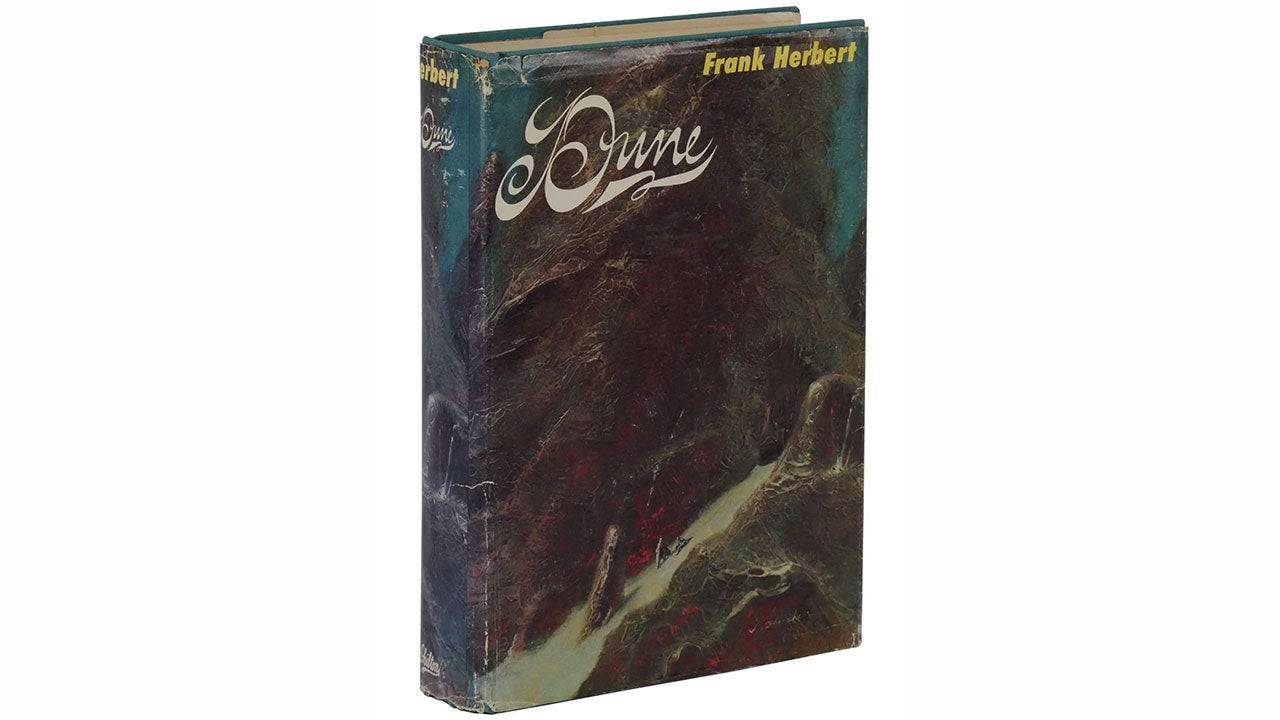
The Emperor's Demise and Shifting Power Dynamics
The script introduces a pivotal plot twist: the Emperor's death. Screenwriter Ian Fried highlights the scene where Jessica witnesses the gardener's reaction to the news, emphasizing the impact of this event. The Emperor's death, not the Emperor's plan, becomes the catalyst for the ensuing conflict. The scene in the Emperor's "Inner Kingdom" features mystical elements and foreshadows the Baron Harkonnen's machinations. A key line, strikingly similar to a famous line from Lynch's film, emphasizes the spice's importance: "Who controls Dune controls the Spice, and who controls the Spice controls the Universe."
The Guild Navigator and Arrakis
The script showcases the Guild Navigator, a spice-mutated creature visualized as an elongated, humanoid figure. The Navigator's method of plotting the Heighliner's course through musical intonations to "Engineers" adds a unique element. Fried praises the inclusion of the Navigator, a missed opportunity in Villeneuve's films.
The Atreides' arrival on Arrakis reveals a medieval aesthetic, emphasizing swords, feudal customs, and fealty. The ecological impact of spice harvesting is highlighted, with Kynes explaining its destructive nature. The flight through the desert, culminating in a worm attack, is interwoven with scenes of Shadout Mapes (with three breasts) and Jessica's encounter with thirsty townspeople, emphasizing class disparity.
A new bar fight scene, reminiscent of 80s action films, shows Paul and Duncan's encounter with Stilgar, culminating in Stilgar's decapitation of a Harkonnen agent. Jessica's explicit conversation with the Duke about conceiving a child adds a layer of intimacy.
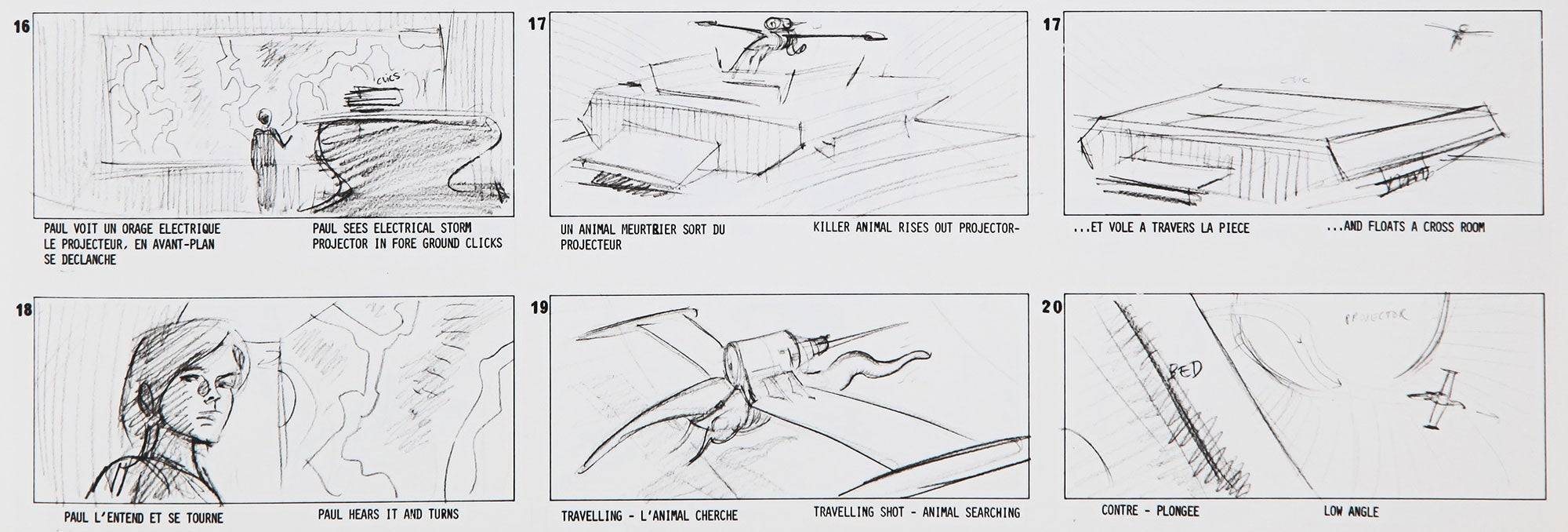
The Baron's Betrayal and Desert Escape
Dr. Yueh's betrayal, motivated solely by self-preservation, leads to the Duke's death and Paul and Jessica's escape. The Hunter-Seeker, a bat-like creature with a cobra's head, replaces the usual mechanical device, echoing Jodorowsky's concept. The escape into the desert is intense, culminating in a crash landing and a perilous journey to find the Fremen. Paul's encounter with a sandworm mirrors Villeneuve's adaptation.
The script notably omits the incestuous relationship between Paul and Jessica, a significant deviation from previous versions. Herbert expressed his disapproval of this element, which was subsequently removed. While no explicit scene occurs, a moment of intimacy between Paul and Jessica is present.
The Fremen encounter, the duel with Jamis, and the subsequent acceptance into the tribe are depicted with graphic violence and a focus on ecological themes. The Water of Life ceremony, featuring a gender-bending Shaman and a giant sandworm, adds a surreal and mystical element. The script ends with Paul and Jessica's acceptance by the Fremen, foreshadowing Paul's future role.
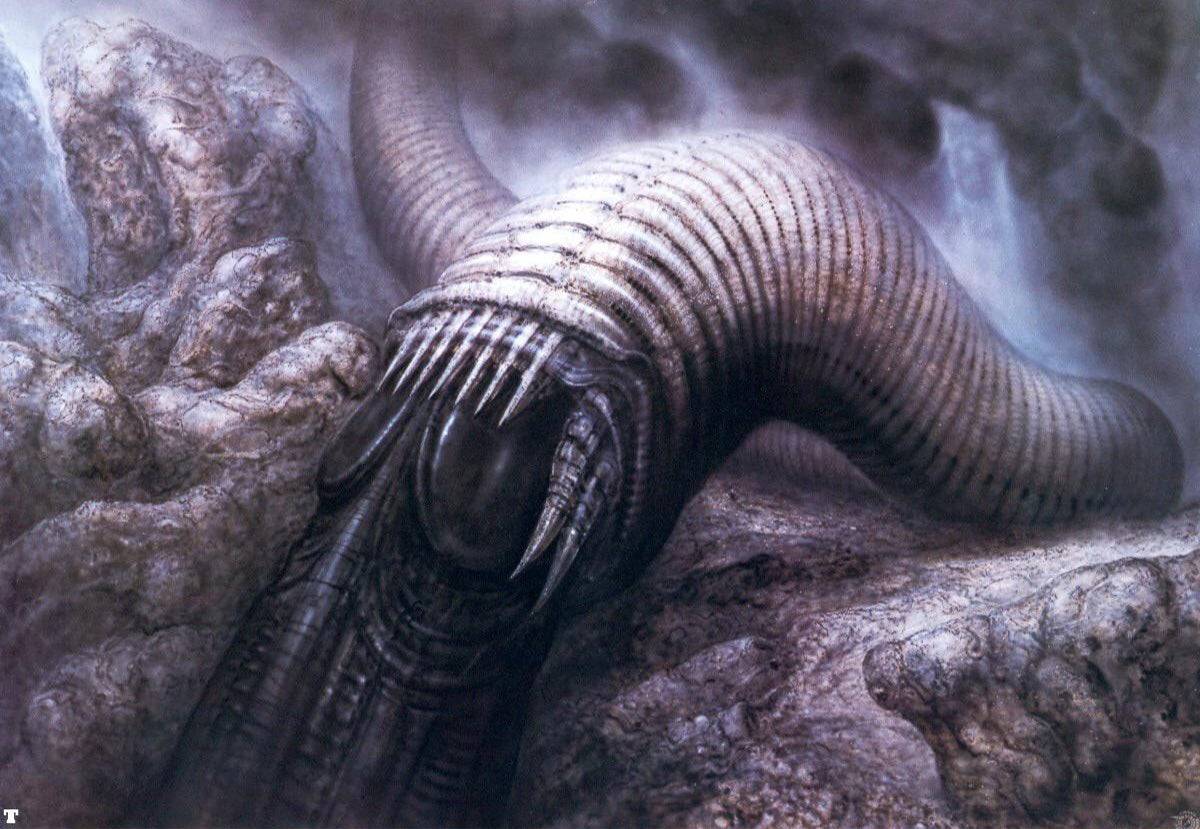
A Bold but Unconventional Vision
The script emphasizes the negative consequences of following charismatic leaders, a theme central to Villeneuve's adaptation. The script's dark tone and violent scenes, combined with its departures from the novel, likely contributed to its rejection. However, its focus on ecological themes and complex character motivations sets it apart. The script's strength lies in its integrated approach to the novel's ecological, political, and spiritual aspects, a balance not achieved in other adaptations. The script's boldness and unique vision leave a lasting impression, showcasing a potential Dune adaptation that prioritized a mature and complex narrative.
Latest Articles



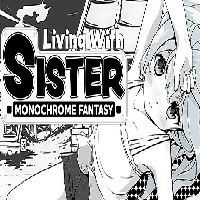







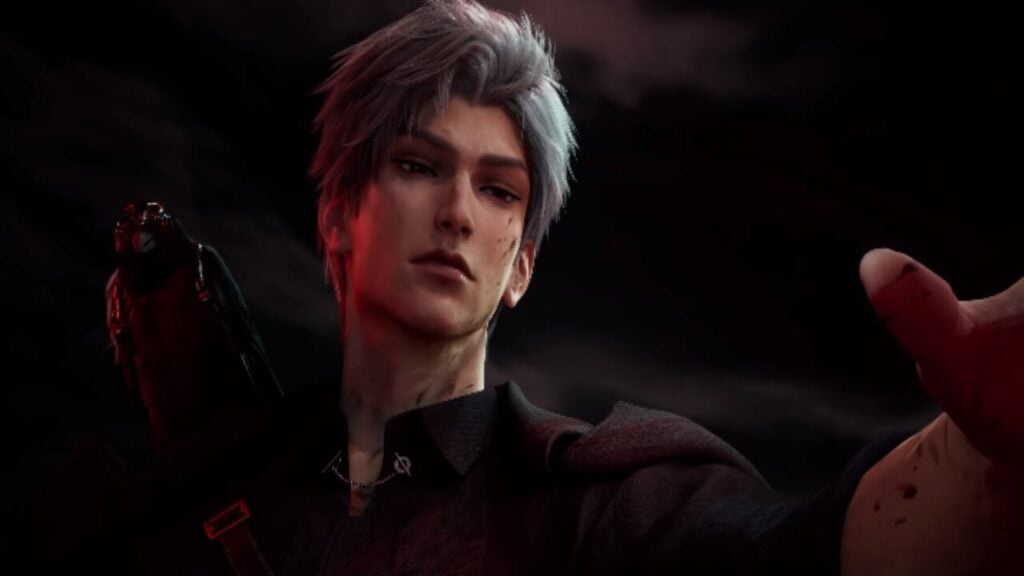
![Roblox Forsaken Characters Tier List [UPDATED] (2025)](https://images.dyk8.com/uploads/18/17380116246797f3e8a8a39.jpg)





